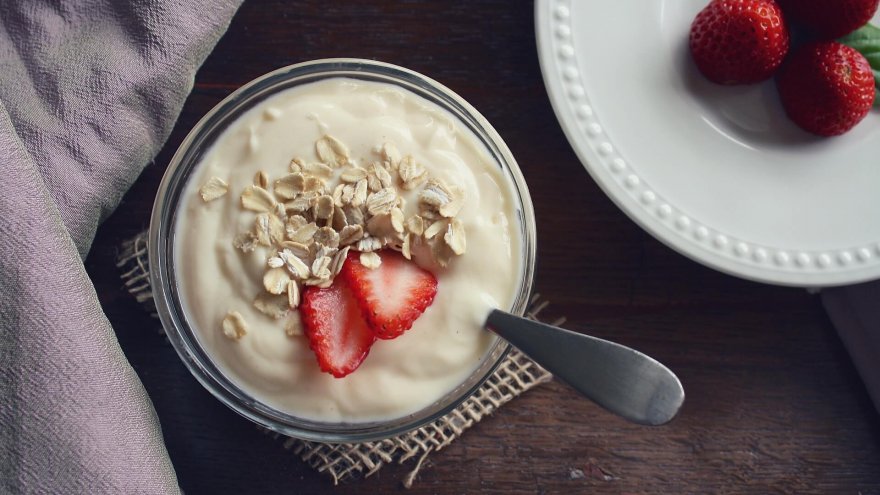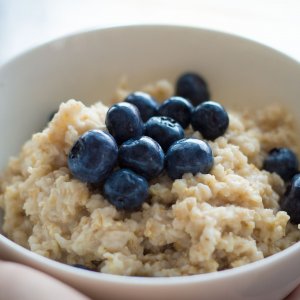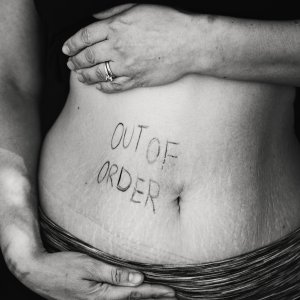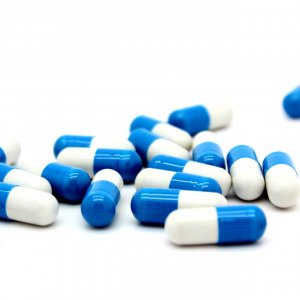What You Need to Know About Prebiotics and Probiotics


You know that saying, “trust your gut?” There may be more to that than you think. You may believe that your gastrointestinal system—from the mouth to the colon—is solely for digesting food and processing nutrients but it’s much more than that.
According to Assistant Clinical Professor Dr. Lisa Ganjhu, at New York University’s Langone Medical Center, the gastrointestinal system serves as a hub for communication to and from the brain and is one of the body’s primary battle lines in disease prevention.
This is why gastrointestinal health is not only important to your body’s ability to fuel itself properly but also it has implications for your overall health and wellness.
Disease-fighting bacteria
One of the ways in which the gastrointestinal system fights off illness and disease is through a myriad of beneficial bacteria that live in the gut. Co-existing with the good bacteria are bad bacteria that can cause illness and infection and, in some cases, an increase in the risk for cancer.
Although this is an area that continues to be explored, it seems that a healthy balance between the two types of bacteria may parallel good general health and a decrease in risks for certain illnesses and disease.

What are prebiotics and probiotics?
Keeping the gut biome in balance is best achieved by eating foods that are rich in prebiotics and probiotics.
Prebiotics are foods that nourish the beneficial microbes in the gastrointestinal system. Prebiotics can be found in numerous fruits and vegetables, especially those that are high in complex carbohydrates such as fiber and resistant starch. Some of the more common fruits and vegetables that are prebiotic-rich include onions, garlic, bananas, leeks, asparagus, and apples. Other foods rich in prebiotics are oats, barley, wheat bran, flaxseed, and cocoa.
Probiotics are actually living organisms, most often specific types of bacteria that increase the number of healthy bacteria in your gut. As with prebiotics, probiotics can be found in certain food, most commonly in yogurt, but also in other foods and drinks fermented with bacteria such as sauerkraut, pickles, some kinds of cheese, kimchi and kombucha.
Prebiotics and probiotics are readily available as supplements and many are marketed to address one specific health issue. Keep in mind, however, that these supplements are not regulated by the Food and Drug Administration (FDA) and the amounts of prebiotic and probiotic bacteria in the formulations have not been verified to meet the FDA’s stringent safety standards.

Conditions that may benefit from a prebiotic and/or probiotic regimen
As you might expect, probiotics may improve the symptoms in individuals suffering from gastrointestinal issues such as irritable bowel syndrome, colitis, ulcerative colitis, and diarrhea.
Some also suggest that probiotics can treat acne, eczema, allergic disorders, the common cold, inflammatory arthritis and even obesity.
Researchers continue to study probiotics’ effect on stomach ulcers caused by the bacteria H. pylori; infections such as those that occur in the urinary and gastrointestinal tracts and the sinuses; certain allergies; certain liver diseases; and dental disease.
It is often suggested that those who have prescribed a course of antibiotics also take a probiotic to combat diarrhea that often results from antibiotic treatment. Antibiotics not only kill the bad bacteria that is making someone sick but also kills the good bacteria found in the gut resulting in an imbalance of the gut biome.
Because prebiotics occurs naturally in more food items than probiotics, there is less of a need to supplement their intake. Because there also has been less research conducted on prebiotics versus probiotics, there aren’t definitive benefits of taking probiotics.
The scant research available on the use of prebiotics suggests that they may help the same issues that probiotics do. Prebiotics also may aid in the absorption of calcium, may change the speed at which the body processes carbohydrates, and bolster the growth of good bacteria in the gastrointestinal tract, which in turn, can facilitate digestion and the absorption of nutrients.
Side effects of prebiotic and probiotic supplements
Not surprisingly, some of the side effects of a probiotic regimen are gastrointestinal distress such as gas, bloating, loose stools, constipation, acid reflux and loss of appetite; mainly reported at the beginning of the regimen as your body adjusts to the influx of bacteria.
Because there hasn’t been a wealth of research on prebiotics, there isn’t much in the way of reported side effects at this date.
One very dangerous side effect to these supplements is an allergic reaction. If you develop hives or severe stomach pain while taking a prebiotic or a probiotic, contact your doctor to diagnose whether you could possibly be having an allergic reaction to the bacteria.

Types of prebiotic and probiotics supplements
Probiotics are available as liquids, powders, tablets, capsules, or are incorporated into food such as those added to yogurt.
Probiotic dosages are measured in colony-forming units (CFUs) and vary based on the type of probiotic as well as the brand. Probiotics are most commonly Lactobacillus sp., Lactobacillus rhamnosus, Bifidobacterium sp., S. thermophilus, or S. boulardii.
Recommended daily dosages differ widely. For instance, for Lactobacillus rhamnosus, the recommended daily dosage is 10 billion CFUs per day. Lactobacillus sp./Bifidobacteriumsp. is 100 million to 35 billion CFUs, depending on the preparation and S. boulardiiis 250 to 500 mg per day.
Prebiotics are also marketed as “prebiotic fiber” and although most prebiotics is fiber, all dietary fibers are not prebiotics. Prebiotic supplements can come in powdered forms or add to food or other supplements. Look for galactooligosaccharides (GOS), fructooligosaccharides (FOS), oligofructose (OF), chicory fiber or inulin on the label. It is recommended that adults consume five grams of dietary fiber per day.
Because there is no FDA regulation of the supplement industry, labeling on prebiotics and probiotics might not reflect accurately what is in the formulation. Prior to adding either to your daily diet, it might be best to consult a medical or nutrition professional to determine whether it is necessary. In addition, they will be able to recommend an appropriate dosage as well as a trusted brand.
Learn how Prebiotics and Probiotics can really make a statement in your life. Learn which foods to eat and learn about possible supplements.
Sources
- , Prebiotics, web page
- , What is the difference between prebiotics and probiotics?, web page
- , Prebiotics vs. Probiotics: What's the Difference?, web page
- , Probiotics, journal
- , 11 Probiotic Foods That Are Super Healthy, web page
- , The 19 Best Prebiotic Foods You Should Eat, web page
Latest Articles
 Is Running on a Treadmill Easier Than Running Outside?Runners have their own preferences, whether it is treadmill running, running outside on the road, or exploring trails. So...
Is Running on a Treadmill Easier Than Running Outside?Runners have their own preferences, whether it is treadmill running, running outside on the road, or exploring trails. So... Is It OK to Use Trail Running Shoes on the Road?While trail running shoes can be used on roads, especially in situations where a runner encounters mixed terrains or pref...
Is It OK to Use Trail Running Shoes on the Road?While trail running shoes can be used on roads, especially in situations where a runner encounters mixed terrains or pref... How to Fix Sore Quads After Running?Rest, ice, gentle stretching, and over-the-counter pain relievers can help soothe sore quads after running. Also, ensure ...
How to Fix Sore Quads After Running?Rest, ice, gentle stretching, and over-the-counter pain relievers can help soothe sore quads after running. Also, ensure ... 10 Fruits With The Most Electrolytes to Replace Sports DrinksThese fruits are high in electrolytes such as potassium, magnesium, and calcium, essential for hydration, muscle function...
10 Fruits With The Most Electrolytes to Replace Sports DrinksThese fruits are high in electrolytes such as potassium, magnesium, and calcium, essential for hydration, muscle function...

